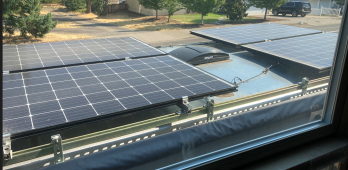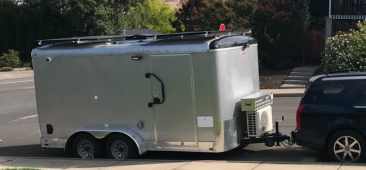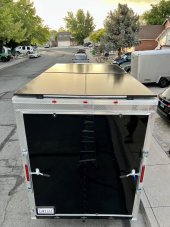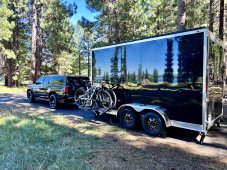Kemp Outside
New Member
Hey all, first post here. I’m designing my first solar 12 volt system for a 7x14 cargo trailer that has been converted into a camper. I have been watching a lot of Will’s videos on all things solar and I am trying to decide which panels to buy. I am going to use the Renogy 50 amp DC to DC with MPPT. I have room for 4 100 watt solar panels on the roof.
Some of the videos I saw are 4 years old so I am not sure what the current front runners are when it comes to panels. A couple of Will’s videos suggested poly panels produced more power than mono panels but it seems it is harder to find poly panels today. Have things changed since those videos? What’s the best 100 watt panel for the money today?
Some of the videos I saw are 4 years old so I am not sure what the current front runners are when it comes to panels. A couple of Will’s videos suggested poly panels produced more power than mono panels but it seems it is harder to find poly panels today. Have things changed since those videos? What’s the best 100 watt panel for the money today?









